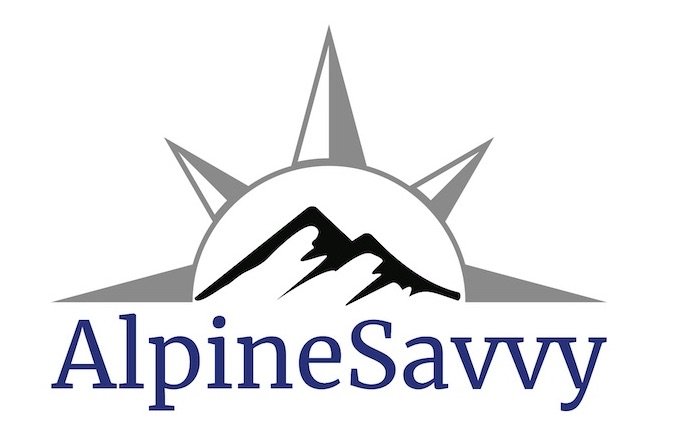
Disclaimer
The GPX track files, KML files and any maps generated from them from this site show an approximate route, not necessarily the best one for you to take based on current conditions. Mountain landscapes, especially snowfields and glaciers, can change on a daily basis. A track recorded on a dry summer day might be not show the best route when wet or snow-covered. Do not blindly follow a GPS track; stay aware of the terrain and make choices on what you see, not a line on your phone screen.
Many of these routes require experience with leading 5th class rock, glacier travel and crevasse rescue, crampon / ice axe use, and other technical skills. Just because a route is popular does not mean it’s easy. Just because there is a line on a map does not mean you have the skills to follow it. Having a map and GPS track does not magically supply you with these abilities. Study your route before you leave via guidebooks or websites such as summitpost or mountain project to fully understand the technical skills required.
A GPX track does not show you where to go on a technical climb. If you're on the third pitch and wondering if you should take the left crack or the right crack, a GPS will not help. It can assist with the approach and descent. But when you’re on something close to vertical, the signal accuracy is not good enough for micro route finding.
Always carry and know how to use a map and compass in addition to your GPS. A GPS receiver and/or a GPS smartphone app with a GPX file loaded to it is not by itself sufficient for wilderness navigation. Phones get dropped, batteries get cold and die. Backcountry navigation, especially off trail, utilizes a combination of map, compass, altimeter and GPS. But most of all, it takes training and experience to know how to use these tools, know their strengths and limitations and which tools are best suited to a given situation.
